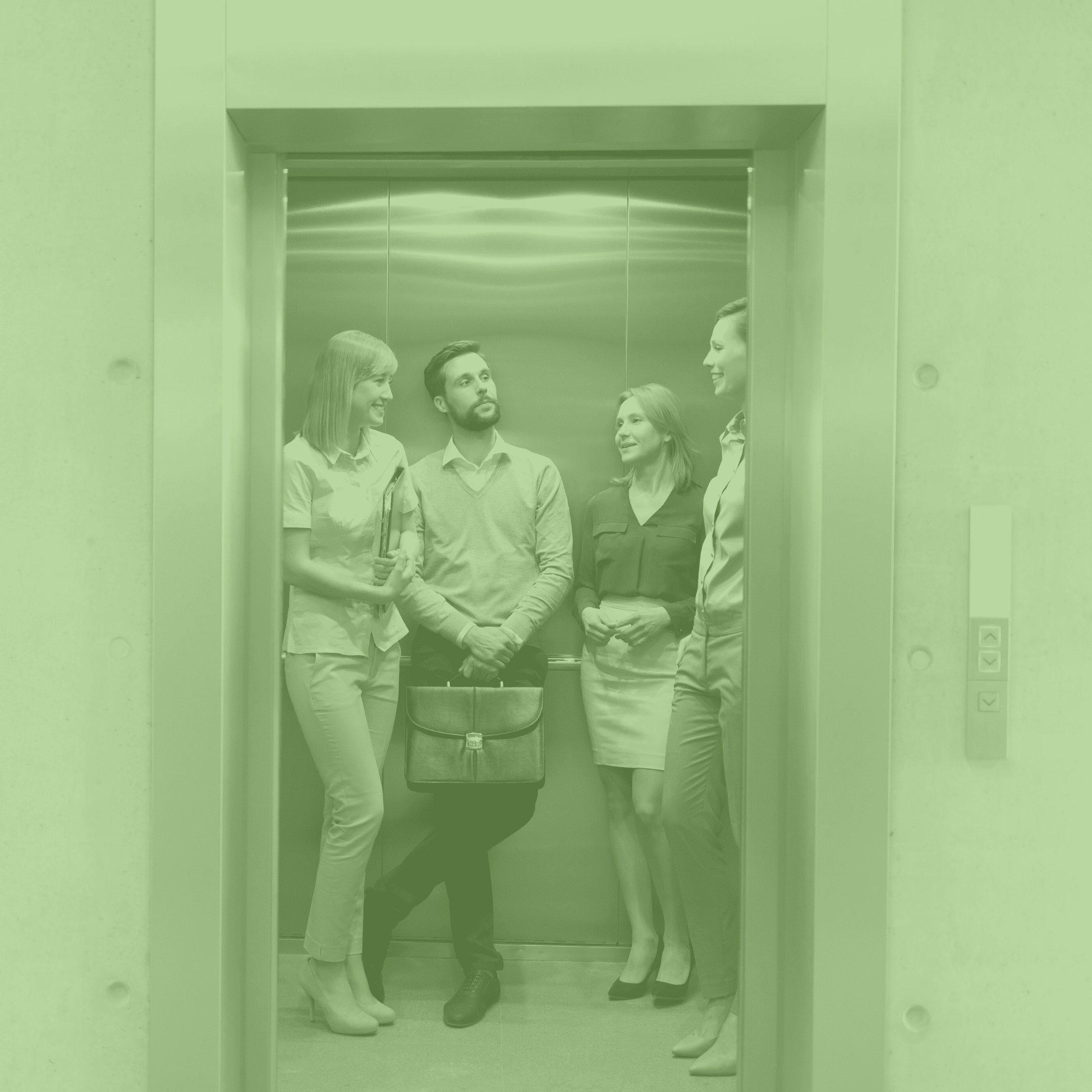Three Powerful Customer Observations that Lead to Meaningful Innovation

One of the biggest myths about innovation is that it starts with a great idea. But if we want meaningful innovation, we need to start by understanding the customer’s deeper needs and frustrations. To do this, we need to use exploratory research methods, such as observing how customers actually interact with existing products or services you are looking to innovate in. This approach prevents us from falling into the trap of traditional market research techniques (such as focus groups), which only serve to validate preconceived assumptions about what the best opportunities to innovate are. This typically leads to innovations that are out of touch with real customer needs, and often fail to succeed.
Here are three powerful customer observations to uncover the richest opportunities for successful innovation that genuinely solve a customer problem!
Frustrations
Keep your eyes out for visible signs of frustration from your customer. These include eye rolls, stern looks, shrugged shoulders, loud sighs, or struggling to use a product correctly. Body language is important to observe as not everyone can articulate their frustration or might not be aware of their frustration. For example, toothbrushes for children before the 1960’s used to be made like mini versions of adult toothbrushes. The handles were just as thin, yet shorter. Oral-B were the first to introduce thicker toothbrush handles with better grip, after observing children consistently dropping their toothbrushes. Turns out children don’t have the same dexterity and grip as adults do, so they needed a toothbrush tailored just for them! Now, this is pretty much the only type of toothbrush available for children! If it wasn’t for Oral-B’s design firm insisting they actually observe children brushing their teeth in the first place, they never would have discovered this need.
Workarounds
This is when customers try to find ways to work around the shortcomings of an existing product that are often quite creative! A classic example of a workaround was the days of storing a tomato sauce upside down to get those last bits of sauce. This observation is what led Paul Brown to invent the highly successful upside-down sauce bottle, which was not only adopted by Heinz, but also NASA, and various cosmetic and food companies. Patrick Macedo, brand manager for Heinz, is quoted to have said: “A lot of consumers already were storing their ketchup upside down, we just helped them do what they were already
doing better.”
Adaptations
This is when customers are using a product in a completely different way to what the product was originally designed for. For example, Haier, a Chinese home appliances company, received an unusual complaint from a rural consumer: “My washing machine won’t work after I use it to rinse the morning’s harvest.” In response, Haier sent out a technician to fix the washing machine, and they discovered the problem was due to an excessive build-up of dirt. The cause? Farmers were using their washing machines not just for clothes, but also to clean their vegetables. Haier responded to this customer adaptation by releasing an upgraded washing machine that was capable of cleaning both clothes and vegetables respectively. This led to Haier becoming the leading provider of laundry equipment globally!
So, get into your customer detective mode, get out there, and start finding those genuine innovation opportunities!


